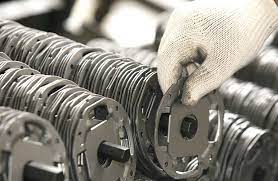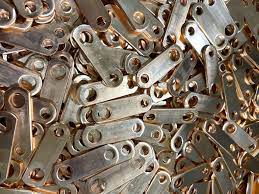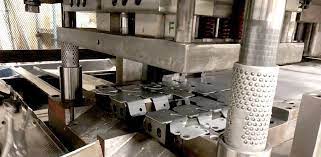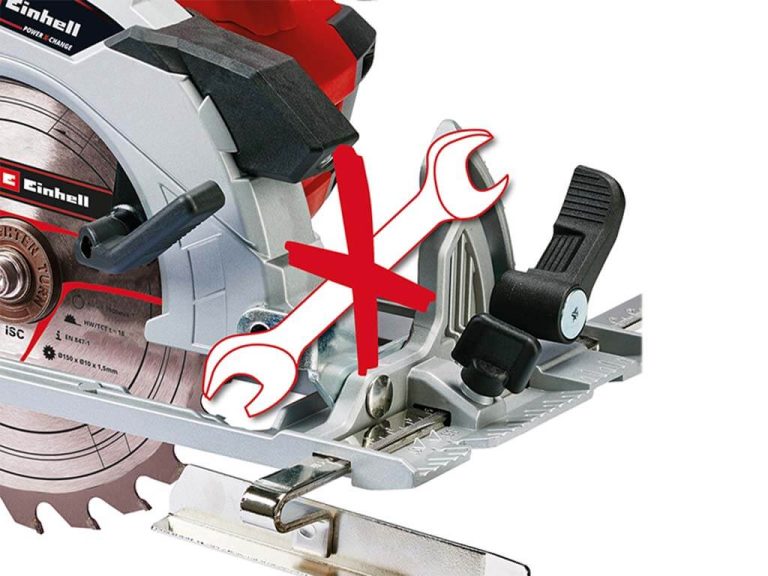Alloy Dynamics: Versatile Applications, Advantages, and Geotextile Fusion
Alloys, a fusion of multiple metals, have significantly impacted global industries. Their adaptability and distinct properties render them indispensable across diverse sectors. Let’s explore the realm of alloys, uncovering their uses, benefits, and integration into geotextile applications.



What distinguishes alloys from pure metals?
Alloys result from meticulously blending two or more metallic elements to enhance specific properties or create new ones. Unlike pure metals, alloys demonstrate superior strength, durability, corrosion resistance, and conductivity due to their unique molecular structure formed during amalgamation.
Where do alloys predominantly find their applications?
Alloys boast a broad spectrum of applications. In aerospace, they contribute to creating lightweight yet robust components. Automotive industries rely on alloys for manufacturing engine parts, frames, and wheels owing to their excellent strength-to-weight ratio. Additionally, the medical and construction sectors utilize alloys for implants and structural purposes, respectively.
How do alloys merge with geotextiles?
Geotextiles, crucial for soil stabilization and erosion control in civil engineering, gain substantial benefits from alloy integration. Corrosion-resistant alloys augment geotextiles’ durability, especially in harsh environmental conditions or chemical exposure, reinforcing the textile’s structure and prolonging its performance.
What advantages do alloys offer over individual metals?
Alloys encompass a range of advantageous characteristics. They amalgamate the finest attributes of different metals, enhancing strength, ductility, and conductivity. For example, stainless steel—an alloy of iron, chromium, nickel, and other elements—showcases exceptional corrosion resistance compared to its individual constituents. Moreover, alloys often provide cost-effectiveness by maintaining properties while using fewer expensive metals.

Applications and Geotextile Integration:
Alloys play a pivotal role in geotextiles, particularly in applications demanding durability and resilience. Geotextiles integrated with alloys like aluminum or stainless steel bolster their resistance to corrosion, UV degradation, and mechanical stress. In civil engineering, these fortified geotextiles offer stability, strengthening soil structures in retaining walls, roadways, and erosion-prone areas.
Alloy-based geotextiles excel in environmental applications, such as landfills, where their resistance to chemical corrosion and mechanical wear ensures prolonged functionality. Furthermore, alloy integration into geotextiles extends their lifespan, reduces maintenance needs, and minimizes environmental impact, promoting sustainable solutions.
Alloys remain pivotal in modern industries, offering a multitude of applications across sectors. Their incorporation into geotextiles not only fortifies structural integrity but also advances sustainability, contributing to robust infrastructural solutions. As technology evolves, the potential for alloys expands, promising further innovations and applications in diverse fields.



